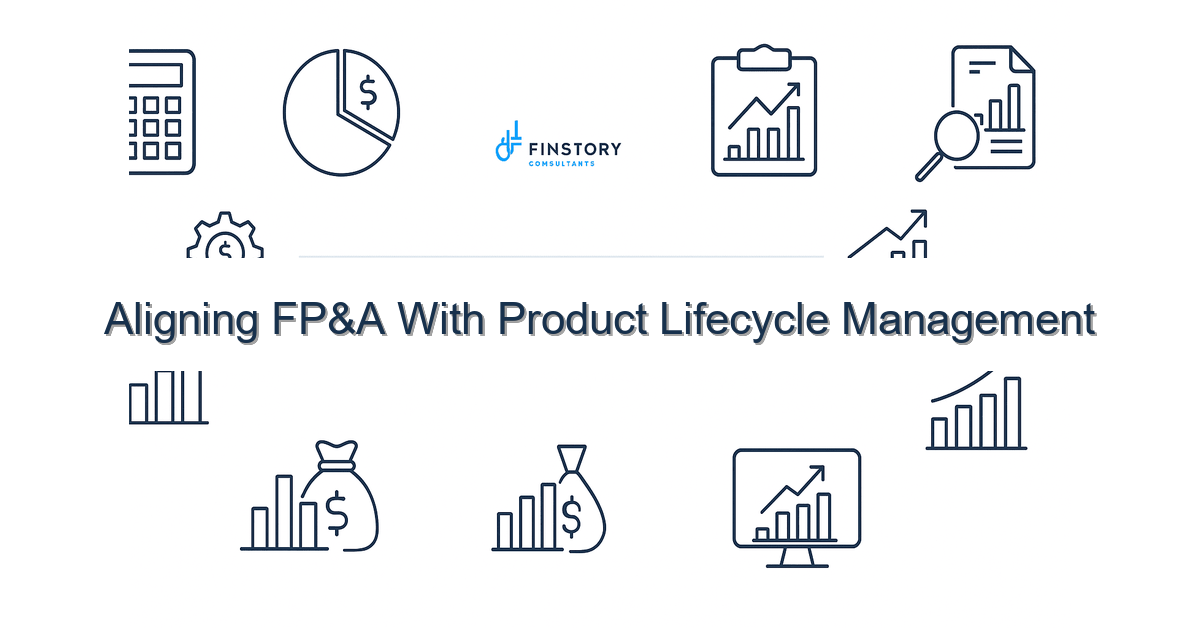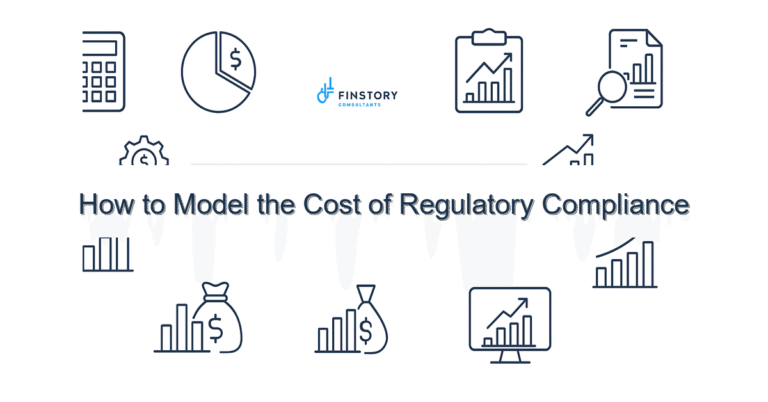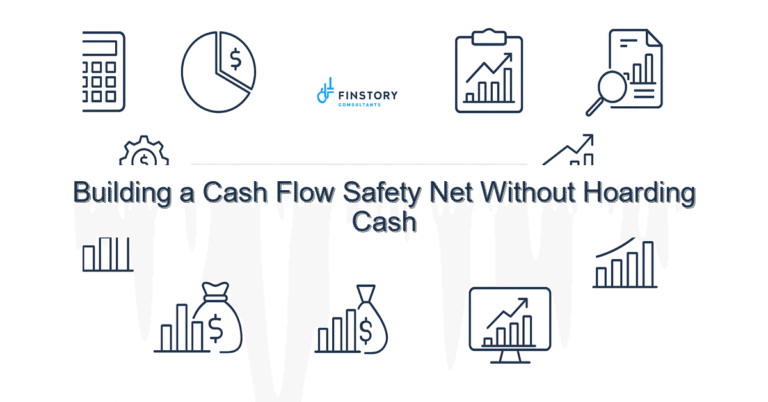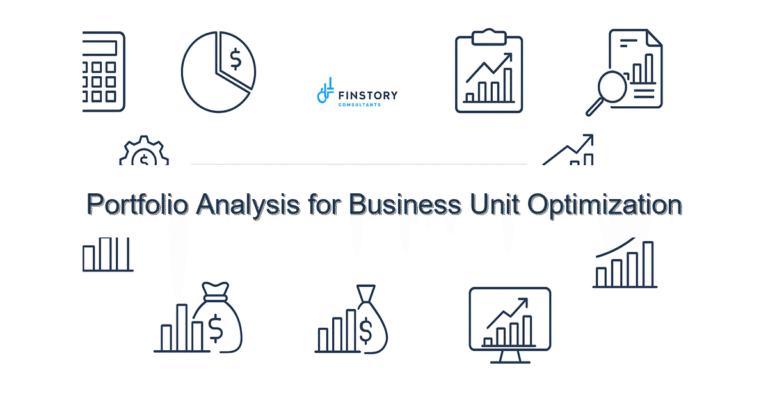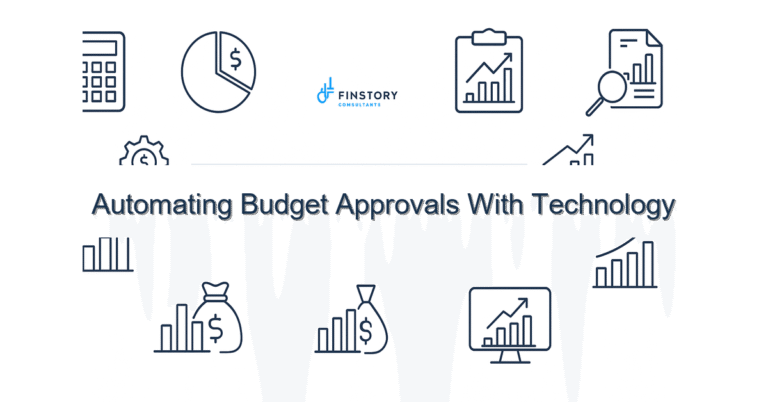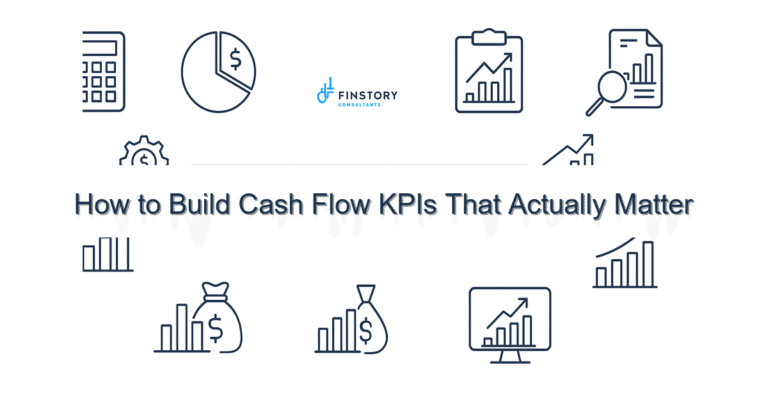Aligning FP&A With Product Lifecycle Management
You’re juggling growth targets, regulatory change, and a product roadmap that never sleeps. You know the numbers matter—yet FP&A still feels like it’s reacting to product decisions instead of guiding them. That tension is exhausting, and you’re not alone.
Summary: When FP&A aligns with product lifecycle management, healthcare organizations move from firefighting to foresight: better forecasts, faster decisions, clear ROI on product investments, and fewer budget surprises.
What’s the real problem? (FP&A alignment in product lifecycle)
At its core, the problem is timing and context. Product teams make trade-offs about features, clinical validations, and market rollouts. Finance reacts afterwards with spreadsheets and gut calls. That mismatch creates missed revenue, bloated costs, and slow decision cycles.
- Inaccurate forecasts because product assumptions change after budgets close.
- Slow approvals for critical trials or product launches due to unclear financial scenarios.
- Siloed KPIs—product measures don’t map to cash or margin metrics used by finance.
- ERP and PL systems that lag real product-stage costs (R&D vs. launch vs. sustain).
What leaders get wrong
Well-meaning leaders often try to force-fit old processes onto new realities. A few common missteps:
- Treating FP&A as monthly scorekeeping rather than a strategic partner to product planning.
- Over-relying on one-off Excel models instead of reusable scenario templates tied to product stages.
- Expecting product teams to translate clinical and market work into financial impact without help.
- Waiting until a product is built to model its financial profile, instead of modeling across the lifecycle.
A better approach
Aligning FP&A with product lifecycle management is not a single project—it’s a framework. Here’s a simple 4-step approach you can use this quarter.
- Define stage-based financial templates: map typical cost and revenue profiles to product stages (concept, development, validation, launch, scale, sustain).
- Embed scenario planning into stage gates: require 2–3 finance-backed scenarios for every go/no-go decision.
- Unify metrics: translate product KPIs (time-to-approval, clinical enrollment rates) into financial drivers (burn rate, unit cost at scale, NPV).
- Automate data flows and reporting: connect source systems so FP&A can refresh forecasts in hours, not weeks.
Short story: A mid-size medtech client we worked with kept delaying a new device because finance lacked a clear view of scale costs. We built stage-based templates and a simple Power BI dashboard that pulled enrollment and manufacturing lead-time data. The result: the leadership team made a go/no-go decision two weeks earlier and avoided $1.2M in avoidable ramp costs—payback in under one quarter.
Quick implementation checklist
- Create a product-stage cost template for each major product line this week.
- Identify the top 3 product KPIs that drive revenue and margin and map them to finance drivers.
- Run one scenario-based review at your next stage-gate meeting (best/worse/likely).
- Connect one data source (clinical enrollment, supply lead-time, or MRP) to a shared report.
- Standardize assumptions (price, time-to-market, adoption) in a central place.
- Assign an FP&A lead to sit in on product planning for each major initiative.
- Create a reusable forecasting model for new product launches.
- Set SLAs: weekly updates during launch, monthly after stabilization.
What success looks like
Measurable outcomes you can aim for:
- Forecast accuracy improves from ±20% variance to ±8–10% within 6–12 months.
- Decision cycle time for product go/no-go reduces from 30 days to 7–14 days.
- Reduction in unplanned spend during launch by 25–40%.
- Improved visibility: finance can refresh launch forecasts in hours instead of days.
- Clearer ROI: shortened payback period for new product investments (example: 3–6 months faster).
Risks & how to manage them
Three common risks and practical mitigations:
- Risk: Overcomplicating models. Mitigation: Start with 2–3 core drivers and expand only where impact is proven.
- Risk: Data quality gaps. Mitigation: Prioritize one high-value data feed (e.g., clinical enrollment) and build validation checks.
- Risk: Turf battles between product and finance. Mitigation: Create joint KPIs and a shared RACI for stage-gate decisions.
Tools & data
Practical tool choices matter. Use finance automation for repetitive calculations, a BI layer for leadership reporting, and a single source of truth for assumptions.
- Finance automation (FP&A platforms) to standardize templates and reduce manual work.
- Power BI or similar for live dashboards that combine clinical, supply chain, and financial data.
- Leadership reporting packs that show product-stage financials alongside operational milestones.
Integrations are key: connect your clinical trial management system, MRP/ERP, and CRM to feed a single model. That’s how FP&A keeps pace with product lifecycle changes instead of chasing them.
FAQs
Q: How quickly can FP&A integration with product lifecycle show value?
A: You can show tangible wins in 6–12 weeks—improved decision timing and a single reusable launch model typically pay back quickly.
Q: Do we need a new tool to do this?
A: Not always. Start with existing ERP, clinical, and BI tools. If manual effort remains high, prioritize a finance automation tool that supports scenario modeling.
Q: Who should own the process?
A: Co-ownership works best—assign an FP&A lead and a product lead for each major initiative with shared KPIs and stage-gate responsibilities.
Q: Can this approach work for both medtech and pharma products?
A: Yes. The stage-based financial templates are adaptable across therapeutic areas and device lifecycles—tailor assumptions for regulatory timelines and adoption curves.
Next steps
If you want to stop reacting and start steering product decisions with confidence, take one small step this week: pick a single product and map its stage-based cost and revenue assumptions. Run a scenario at your next stage-gate and track the difference.
When you’re ready to scale, contact Finstory to align FP&A with product lifecycle management, build the dashboards, and train your team. Whether your focus is FP&A alignment, aligning FP&A with product lifecycle management, or FP&A product lifecycle integration in healthcare, we’ll help you move from spreadsheets to strategic clarity.
Work with Finstory. If you want this done right—tailored to your operations—we’ll map the process, stand up the dashboards, and train your team. Let’s talk about your goals.
Related reads: Rolling forecasts for healthcare, Finance automation services, Leadership reporting best practices.
📞 Ready to take the next step?
Book a 20-min call with our experts and see how we can help your team move faster.
Prefer email or phone? Write to info@finstory.net
or call +91 44-45811170.
